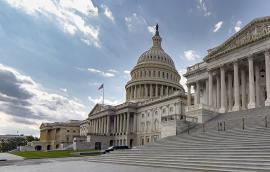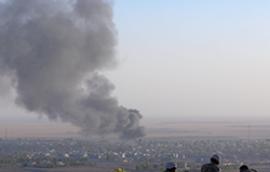Latin America Initiative | Commentary
A Courageous Voice Is Silenced in Honduras Latin America Initiative director Erika de la Garza blogs on the murder of Honduras activist Berta Cáceres, who was in Houston last November to receive an award for her work on behalf of Honduras’ indigenous communities.
Erika de la Garza March 11, 2016







